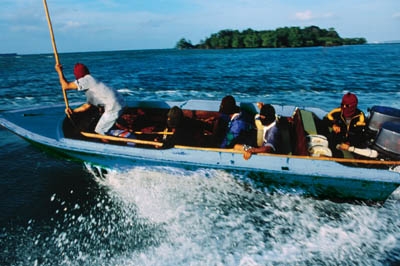
Piracy is an act of robbery or criminal violence by ship or boat-borne attackers upon another ship or a coastal area, typically with the goal of stealing cargo and other valuable goods. Those who conduct acts of piracy are called pirates, while the dedicated ships that pirates use are called pirate ships.
Pirates often plundered food and drink from their victims: Alcoholic drinks, in particular, were rarely if ever allowed to continue on their way. Casks of rice and other foodstuffs were taken on board as needed, although the less cruel pirates would leave enough food for their victims to survive. Fishing ships were often robbed when merchants were scarce, and in addition to the fish, pirates would sometimes take tackle and nets. Pirates rarely had access to ports or shipyards where they could repair their vessels. Their ships were often put to hard use, meaning that they were in constant need of new sails, ropes, rigging tackle, anchors, and other things necessary for the day-to-day maintenance of a wooden sailing vessel. They stole candles, thimbles, frying pans, thread, soap, kettles, and other mundane items and would often also plunder wood, masts, or parts of the ship if they needed them. Of course, if their own ship were in really bad shape, the pirates would sometimes simply swap ships with their victims!
Weapons were very valuable. They were the “tools of the trade” for pirates. A pirate ship without cannons and a crew without pistols and swords were ineffective, so it was the rare pirate victim that got away with his weapon stores unplundered. Cannons were moved to the pirate ship and the holds cleared of gunpowder, small arms, and bullets. Tools were as good as gold, whether they be carpenter’s tools, surgeon’s knives, or navigational gear (such as maps and astrolabes). Likewise, medicines were often looted: Pirates were often injured or ill, and medicines were hard to come by. When Blackbeard held Charleston, North Carolina, hostage in 1718, he demanded—and received—a chest of medicines in exchange for lifting his blockade. Thanks to the popularity of “Treasure Island,” the most famous novel about pirates, most people think that the bandits went around burying treasure on remote islands. In fact, pirates rarely buried treasure. Captain William Kidd buried his loot, but he’s one of the few known to have done so. Considering that most of the pirate “treasure” to be had was delicate, such as food, sugar, wood, ropes, or cloth, it’s not surprising that idea is mostly a myth.
Credit : ThoughtCo
Picture Credit : Google




